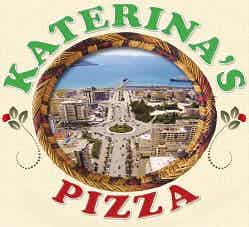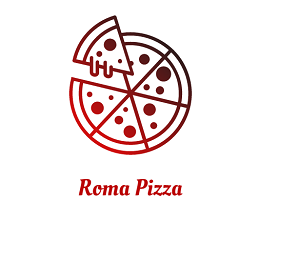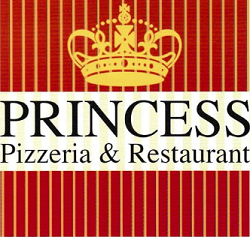Best Tomato Pie Near You
Keep Local Thriving. Every order on Slice supports small, local shops, their families, and the community.
Tomato Pie Near You
- Tomato Pie Pizza Joint
 Closed$2.99 Delivery4.8
Closed$2.99 Delivery4.8 - Pizza 120 La Habra
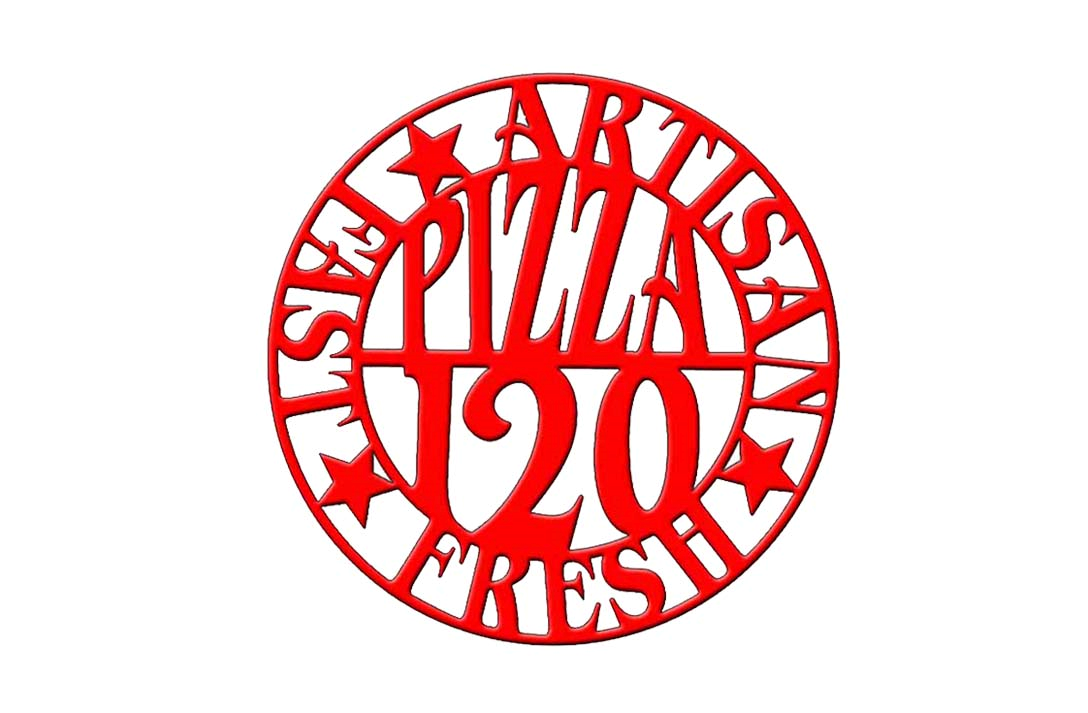 Closed$5.15 Delivery4.9
Closed$5.15 Delivery4.9 - Sabrossa Pizza Food Truck
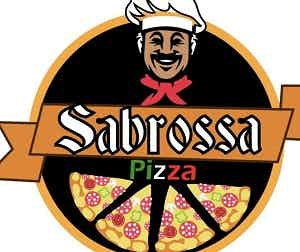 ClosedFree Delivery4.9
ClosedFree Delivery4.9 - Tomato Pie Pizza Joint
 Closed$4.50 Delivery4.9
Closed$4.50 Delivery4.9 - Pizza Factory
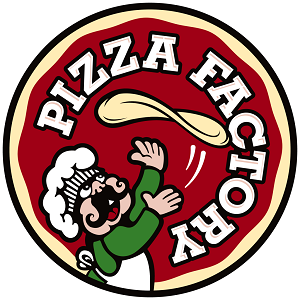 Closed$4.00 Delivery4.0
Closed$4.00 Delivery4.0
- Tomato Pie Pizza Joint
 Closed$2.99 Delivery4.8
Closed$2.99 Delivery4.8 - Pizza 120 La Habra
 Closed$5.15 Delivery4.9
Closed$5.15 Delivery4.9 - Sabrossa Pizza Food Truck
 ClosedFree Delivery4.9
ClosedFree Delivery4.9 - Tomato Pie Pizza Joint
 Closed$4.50 Delivery4.9
Closed$4.50 Delivery4.9 - Pizza Factory
 Closed$4.00 Delivery4.0
Closed$4.00 Delivery4.0 - Flippin' Pizza
.png?auto=format&fit=max&q=10) Closed$5.99 Delivery4.8
Closed$5.99 Delivery4.8 - Ciccero's Pizza
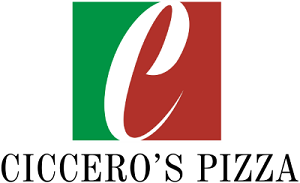 Closed$2.00 Delivery4.8
Closed$2.00 Delivery4.8 - Proper Pizza & Pasta
 Closed$7.65 Delivery4.1
Closed$7.65 Delivery4.1 - Pi on Sunset
 Closed$7.65 Delivery4.5
Closed$7.65 Delivery4.5 - Fat Tomato Pizza
 Closed4.9
Closed4.9 - Fat Tomato Pizza
 Closed$3.00 - $4.50 Delivery5.0
Closed$3.00 - $4.50 Delivery5.0 - Napoli's Pizza Kitchen
 Closed$2.65 Delivery4.9
Closed$2.65 Delivery4.9 - Brami's Kosher Pizza
 Closed$4.65 Delivery4.6
Closed$4.65 Delivery4.6
Tomato Pie in Philadelphia
- Randazzo's Pizza
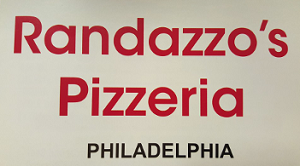 Open Now$2.99 Delivery5.0
Open Now$2.99 Delivery5.0 - Mario's Pizza
 Open Now$2.00 Delivery4.9
Open Now$2.00 Delivery4.9 - Ernie's Pizza & Restaurant
 Open Now$3.00 Delivery4.8
Open Now$3.00 Delivery4.8 - Katerina's Pizza S&BOpen Now$2.00 Delivery4.6
- Pizzata Pizzeria
 Open Now$4.95 Delivery4.9
Open Now$4.95 Delivery4.9
- Randazzo's Pizza
 Open Now$2.99 Delivery5.0
Open Now$2.99 Delivery5.0 - Mario's Pizza
 Open Now$2.00 Delivery4.9
Open Now$2.00 Delivery4.9 - Ernie's Pizza & Restaurant
 Open Now$3.00 Delivery4.8
Open Now$3.00 Delivery4.8 - Katerina's Pizza S&BOpen Now$2.00 Delivery4.6
- Pizzata Pizzeria
 Open Now$4.95 Delivery4.9
Open Now$4.95 Delivery4.9 - Baby Boss Pizza & Grill
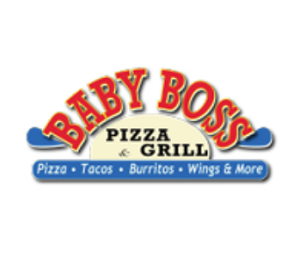 Open Now$2.00 Delivery4.9
Open Now$2.00 Delivery4.9 - Pizzeria Pesto
 Open Now$2.00 Delivery5.0
Open Now$2.00 Delivery5.0 - Little Italy Pizza & Trattoria
 Open Now$2.00 Delivery5.0
Open Now$2.00 Delivery5.0 - Shef's Pizza
 Open Now$2.50 - $7.00 Delivery5.0
Open Now$2.50 - $7.00 Delivery5.0 - Pizza Plus South
 Open Now$3.99 Delivery4.8
Open Now$3.99 Delivery4.8 - Big Ben PizzaOpen Now$2.99 Delivery4.9
- Avenue Steaks & Pizza
.jpg?auto=format&fit=max&q=10) Open Now$3.90 Delivery4.8
Open Now$3.90 Delivery4.8 - EVO Brick Oven Pizza
 Open Now$3.00 Delivery4.6
Open Now$3.00 Delivery4.6 - Giovani's Bar & Grill
 Open NowFree Delivery4.9
Open NowFree Delivery4.9 - Enzo's Pizzata
 Open Now$4.50 Delivery5.0
Open Now$4.50 Delivery5.0
Tomato Pie in New York
- Il Mattone Tribeca
 Open NowFree Delivery4.8
Open NowFree Delivery4.8 - Pizza NapoliOpen NowFree Delivery4.8
- La Traviata Pizza
 Open NowFree Delivery4.8
Open NowFree Delivery4.8 - Little Italy Pizza
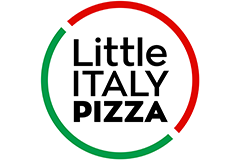 Open NowFree Delivery4.6
Open NowFree Delivery4.6 - Lucia Pizza Of SoHo
 Open Now$4.99 Delivery4.9
Open Now$4.99 Delivery4.9
- Il Mattone Tribeca
 Open NowFree Delivery4.8
Open NowFree Delivery4.8 - Pizza NapoliOpen NowFree Delivery4.8
- La Traviata Pizza
 Open NowFree Delivery4.8
Open NowFree Delivery4.8 - Little Italy Pizza
 Open NowFree Delivery4.6
Open NowFree Delivery4.6 - Lucia Pizza Of SoHo
 Open Now$4.99 Delivery4.9
Open Now$4.99 Delivery4.9 - Claudio Pizzeria
 Open NowFree Delivery5.0
Open NowFree Delivery5.0 - Bagels & Co
 Open NowFree Delivery4.9
Open NowFree Delivery4.9 - Roma Pizza
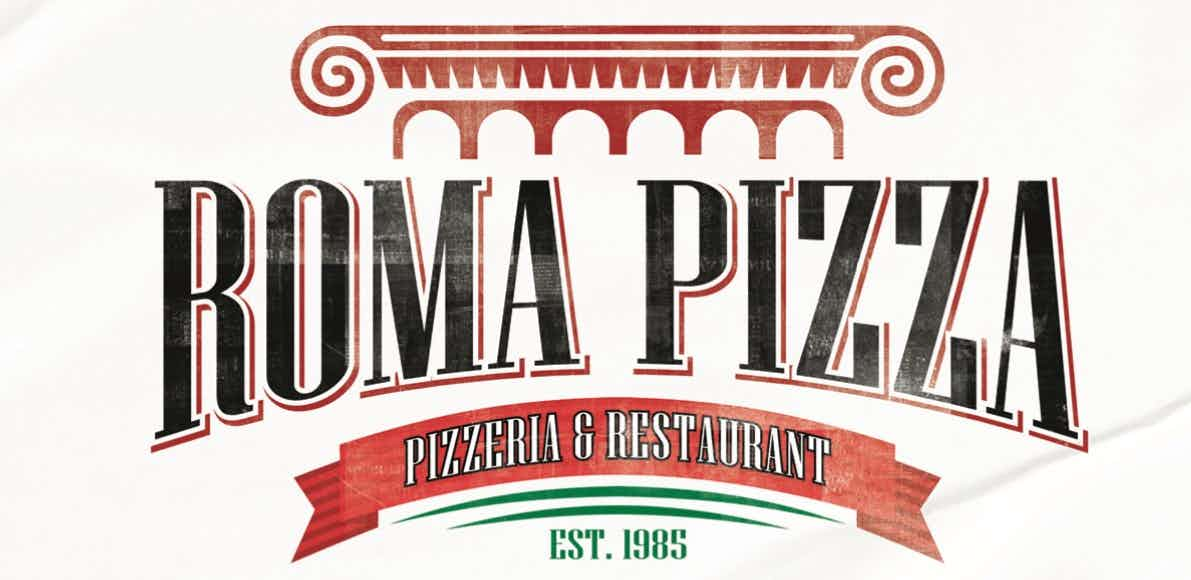 Open NowFree Delivery4.8
Open NowFree Delivery4.8 - Rosetta PizzaOpen NowFree Delivery4.8
- Little Italy Pizza
 Open NowFree Delivery5.0
Open NowFree Delivery5.0 - Stromboli Pizza
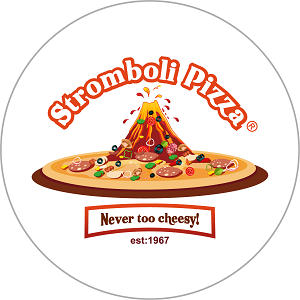 Open Now$2.00 Delivery4.9
Open Now$2.00 Delivery4.9 - Little Italy PizzaOpen NowFree Delivery4.9
- New York Sal's Pizza
 Open NowFree Delivery5.0
Open NowFree Delivery5.0 - Roma Pizza RestaurantOpen NowFree Delivery4.9
- La Vera PizzaOpen NowFree Delivery5.0
Tomato Pie in Brooklyn
- San Remo Pizzeria & Restaurant
 Open Now$1.99 Delivery4.9
Open Now$1.99 Delivery4.9 - 3 Luigis Pizzeria
 Open Now$6.15 Delivery4.8
Open Now$6.15 Delivery4.8 - Layla Jones Pizza & Pasta
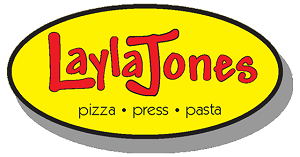 Open NowFree Delivery4.9
Open NowFree Delivery4.9 - Gino's Pizzeria
 Open NowFree Delivery4.9
Open NowFree Delivery4.9 - Luigi's Pizzeria of 326 Dekalb Ave
 Open Now$9.90 Delivery4.9
Open Now$9.90 Delivery4.9
- San Remo Pizzeria & Restaurant
 Open Now$1.99 Delivery4.9
Open Now$1.99 Delivery4.9 - 3 Luigis Pizzeria
 Open Now$6.15 Delivery4.8
Open Now$6.15 Delivery4.8 - Layla Jones Pizza & Pasta
 Open NowFree Delivery4.9
Open NowFree Delivery4.9 - Gino's Pizzeria
 Open NowFree Delivery4.9
Open NowFree Delivery4.9 - Luigi's Pizzeria of 326 Dekalb Ave
 Open Now$9.90 Delivery4.9
Open Now$9.90 Delivery4.9 - Roma PizzaOpen NowFree Delivery5.0
- Italia Pizza
 Open Now$2.00 Delivery5.0
Open Now$2.00 Delivery5.0 - Best Pizza & Chicken
 Open NowFree Delivery4.8
Open NowFree Delivery4.8 - Pasha Pizza & Pita
 Open Now$1.00 Delivery4.9
Open Now$1.00 Delivery4.9 - Grotta Azzurra Pizzeria & Restaurant
 Open Now$6.15 Delivery5.0
Open Now$6.15 Delivery5.0 - Lp PizzeriaOpen Now$7.40 Delivery4.9
- Kosher Hut of Brooklyn
 Open Now$5.40 Delivery4.7
Open Now$5.40 Delivery4.7 - Princess Pizzeria & RestaurantOpen Now$2.00 Delivery4.9
- Gino's Pizza
 ClosedFree Delivery5.0
ClosedFree Delivery5.0 - Lucia Pizza of Avenue XNot on sliceFree Delivery4.7
Tomato Pie in Chicago
- Congress Pizzeria
 Open Now$5.00 - $15.00 Delivery4.8
Open Now$5.00 - $15.00 Delivery4.8 - Deleite's Pizza & Mexican Food
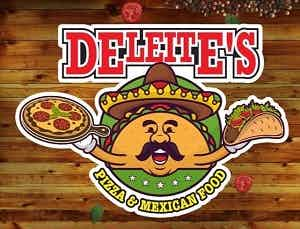 Open Now$7.00 - $10.00 Delivery5.0
Open Now$7.00 - $10.00 Delivery5.0 - Big G's Pizza
 Closed$6.90 Delivery4.8
Closed$6.90 Delivery4.8
- Congress Pizzeria
 Open Now$5.00 - $15.00 Delivery4.8
Open Now$5.00 - $15.00 Delivery4.8 - Deleite's Pizza & Mexican Food
 Open Now$7.00 - $10.00 Delivery5.0
Open Now$7.00 - $10.00 Delivery5.0 - Big G's Pizza
 Closed$6.90 Delivery4.8
Closed$6.90 Delivery4.8
What Is Tomato Pie Made Of?
The beauty of pizza is that it comes in so many different combinations.
Some pies have thin crust, others are stuffed or deep-dish style, and there are various toppings that you can put on a pizza.
Even the cut may vary - from classic triangle New York-style slices to Detroit square-cut pieces.
Any way you prefer as long as the taste is amazing.
Today, we'll discuss one famous pizza type - the tomato pie!
The first key aspect of this pie is the dough. It is thick, and spongy, and resembles focaccia, which is a flat Italian bread. Of course, as the name suggests, the other star of the show is the tomato sauce.
This foundation already makes for a great flavor, but topping it with romano cheese and oregano is also an option.
As for the way it's served, you typically won't get the pie straight out of the oven. Instead, it will need some time to lose heat. Afterward, you can enjoy eating it at room temperature or have it reheated.
The tomato pie is similar to a Sicilian pizza. It is baked in a big rectangular pan and it is cut in squares. That said, in places like Rhode Island, it is typically sliced into strips.
This awesome pizza is also heavily associated with Philadelphia. In fact, what follows is a closer look at that history.
When Did Tomato Pie Originate?
At the turn of the 20th century, many Italians immigrated to America, and one popular location was Philadelphia.
As it happened in New York, those Italians brought their cooking styles with them. Thus, pizza became a thing in the US.
According to statistics, in Philly, there were over 75,000 Italian immigrants by the year 1910.
Interestingly enough, it was the tomato pie that became Philly's signature pizza. Today, it's one of the best dishes you can get there alongside their famous cheesesteak.
There are several iconic pizzerias in the city that are known for their tomato pies.
One of them is Iannelli's Bakery which opened in 1910. At first, they were selling only two things - bread and tomato pie. Over the years, their menu expanded but they still use the same dough to make both. Also, they don't put cheese on their pies.
Another historic pizza place is Sarcone’s Bakery, which opened a bit later in 1918.
Being a bakery, they actually would sell tomato pies for customers to grab on the go. They would bake them in the morning and offer them sliced as snacks. Hence, the tradition is to serve the pies at room temperature and not right out of the oven.
Later on, other places such as Cacia’s Bakery, opened in 1953, became popular as well.
By now, we've explained that the bakery-style tomato pies in Philly come with a focaccia-like dough, tomato sauce, and small amounts of cheese, if any.
However, there is yet another popular style of the tomato pie. Aside from Philadelphia, it is Trenton, New Jersey that is also known for this special pizza.
Their version features a thin and crunchy crust. Also, the cheese is placed first, and then the tomato sauce.
In Trenton, two pizza places that we have to mention are Papa's and De Lorenzo's. The former opened in 1910, and the latter in 1936.
Papa's tomato pie is also round, and De Lorenzo's tomato pie recipe has been the same for 80 years. They also serve their pies hot and cut into rectangles.
How Many Calories Are in a Piece of Tomato Pie?
A single slice of tomato pie (248g) contains around 325 calories. This includes 22g of total fat, 24g of total carbohydrates, and 8.7g of protein.
In addition, there are 21mg of cholesterol, 893mg of sodium, and 500mg of potassium. There's even 1.5mg of iron and 198mg of calcium.
Where Can I Find Tomato Pie Near Me?
For those of you in Philadelphia, a great place to get this pie is Franco's Pizza. You can find them on Tulip St or other takeout or delivery through Slice.
If you're in Brooklyn, we suggest heading to Gino's Pizza on Flatbush Ave. They're open 7 days a week and also offer pickup and delivery which you can order on Slice.
Of course, for other places near you, just check the listing on this page.
FAQ
Browse More Pizza Types
EVEN MORE PIZZA
1 Dollar Pizza
•Bar Pizza
•Brick Oven Pizza
•By the Slice Pizza
•California Pizza
•Capricciosa Pizza
•Cauliflower Pizza
•Cheap Pizza
•Chicago Thin Crust Pizza
•Coal Fired Pizza
•Dairy Free Pizza
•Deep Dish Pizza
•Dessert Pizza
•Detroit Pizza
•French Bread Pizza
•Gluten Free Pizza
•Grandma Pizza
•Grilled Pizza
•Healthy Pizza
•Montanara Pizza
•Neapolitan Pizza
•New England Pizza
•New Haven Pizza
•New York Style Pizza
•Pan Pizza
•Roman Pizza
•Seafood Pizza
•St. Louis Pizza
•Stuffed Pizza
•Thick Crust Pizza
•Thin Crust Pizza
•Tomato Pie
•Vegan Pizza
•Veggie Pizza
•Wood Fired Pizza
•
